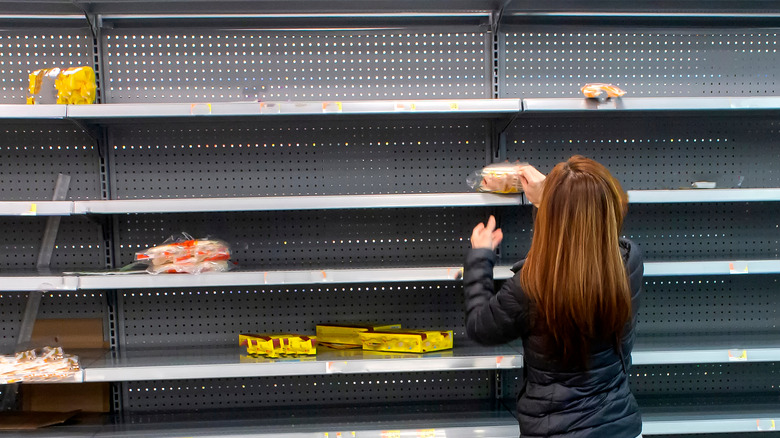The Law Of Supply And Demand: What Is It And How Does It Work?
To understand the law of supply and demand, you need to first know the relationship between the two with regard to production and consumerism. First, the law of supply works directly with the quantity and price of a particular good. If the price of said goods is higher, then the production will remain high as well.
For example, if the price of a certain item or service — for instance, a vehicle or yoga instruction — remains higher and consumers are willing to purchase it at that price, then manufacturers will likely up the production of the vehicle or people will open another yoga studio in order to benefit from the demand. However, there are plenty of factors that affect supply, such as the costs involved in creating the item or providing the service such as materials, labor, and shipping, as well as the number of companies that are selling the product or service in question.
As for demand, it's a matter of price and whether or not people are willing to pay it. The idea is that as prices go up, demand will go down. Factors that can change the demand for one product or service are the cost and quality of the product in question, as well as competition with other similar products that may vary in cost. Now let's take a look at the law of supply and demand and how it can affect the way we live our daily lives.
How supply and demand works
In general, the law of supply and demand means the more demand there is for a product by consumers, the higher the supply will be from producers. This relationship can also dramatically affect the price of a product or service. For example, if there's a huge demand for a certain type of gaming system but there are only a few in circulation, then chances are that particular gaming system will have a higher-than-normal price tag. In other words, high demand with a low supply often equals a high(er) price for the item.
On the flip side, if you have a high supply of a niche item like a fidget spinner, which is available in plenty of stores with no real demand by consumers to buy it, then you might see a low or discounted price attached to it. Or, high supply with low demand often equals low(er) prices.
Factors that could affect the supply and demand of an item could be found along the supply chain. If there's plenty of demand for an item, it could take a little longer to mass produce that item and have it ready for the consumer to buy. You might have seen some of this correlation in your own supermarket over the years, depending on what was in demand at a particular time (e.g., avocados or cream cheese) and how much of a supply there was to meet it.

